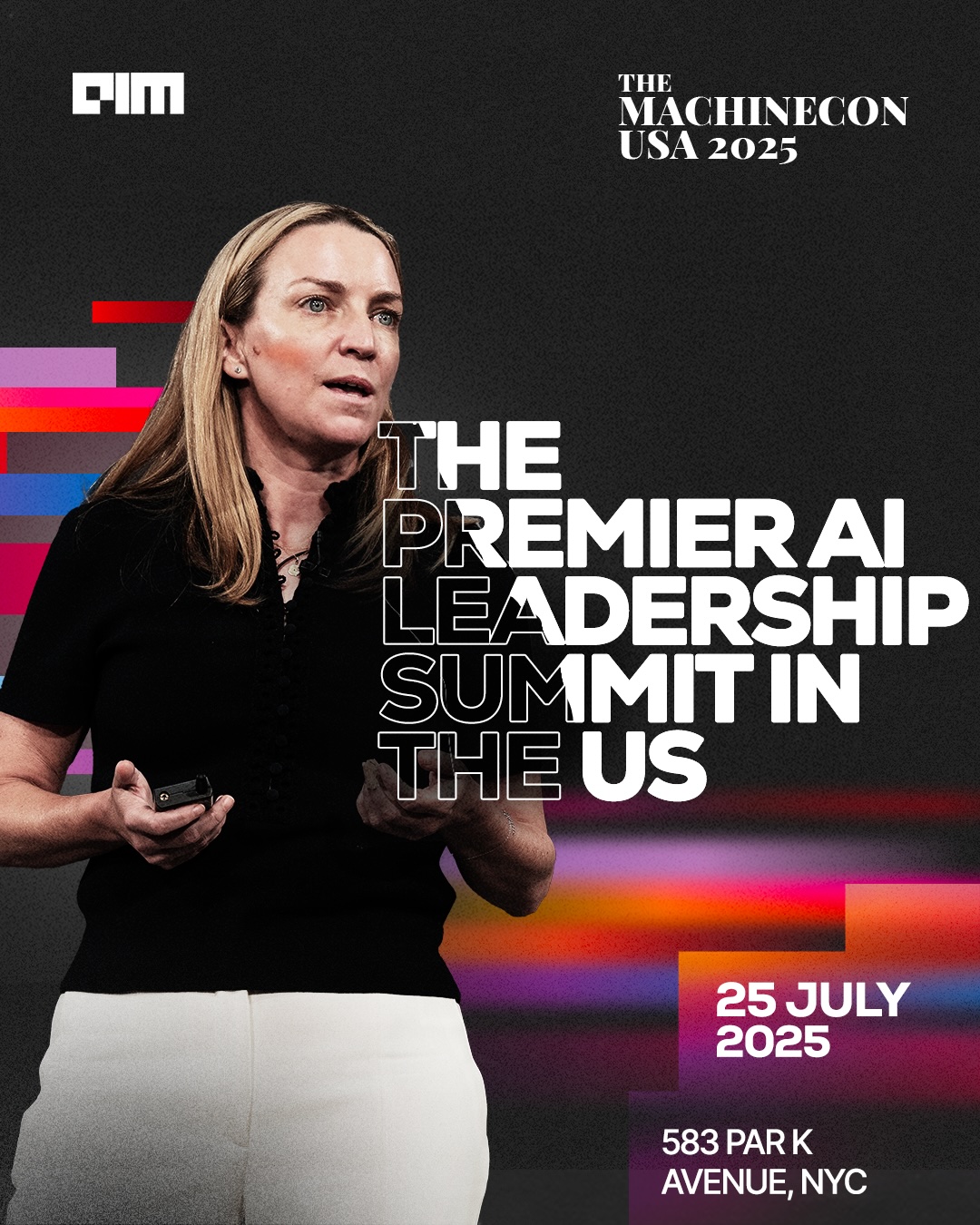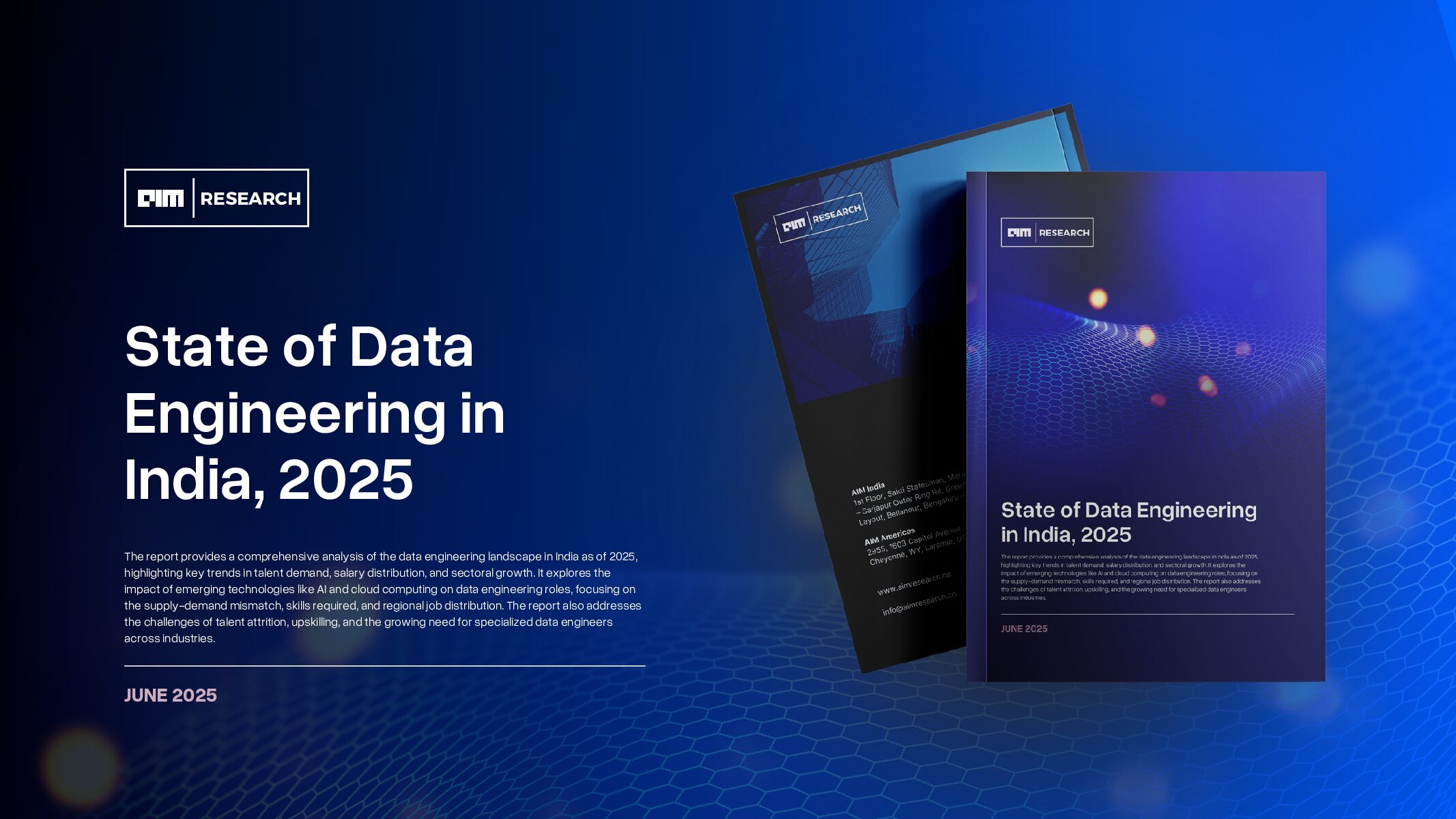In the rapidly evolving world of technology, the democratization of data and analytics is becoming increasingly important. This was the central theme of a recent talk given by Prashant Momaya, Senior Director of Solution Engineering for Tableau at Salesforce India, at MachineCon India 2023.
The Evolution of Enterprise Analytics
Momaya began his talk by outlining the significant evolution that enterprise analytics has undergone over the years. In the early 2000s, the focus was primarily on extracting data from databases. As technology advanced, the focus shifted towards understanding the data, with tools like Tableau and Click providing business users with the ability to analyze data on their desktops.
Today, we are in the midst of another evolution. With the stabilization of cloud technology and the advent of open-source tools, new capabilities are emerging at a rapid pace. However, despite these advancements, dealing with data remains a complex task.
The Challenges of Data Complexity
On average, an enterprise organization has a thousand systems, which equates to a thousand data stores. Understanding data within an organization is a significant challenge. Additionally, while analytics is crucial, it is not yet ubiquitous. It is often confined to one group of people or one department, rather than being accessible to everyone in the organization.
Moreover, while automation has made significant strides, there will always be a need for human interaction with data. The complexity of data, the accessibility of analytics, and the need for human support are the three main challenges that need to be addressed.
Reimagining the Data Journey with Tableau Pulse
To address these challenges, Salesforce and Tableau have developed Tableau Pulse, a tool designed to simplify the data journey. The tool provides users with a digest of metrics, allowing them to explore details, understand key drivers, outliers, and trends, ask follow-up questions, and share their findings.
Tableau Pulse uses machine learning to automate many aspects of data analysis. For instance, it can detect outliers, generate natural language descriptions of data trends, and suggest follow-up questions. This allows users to go from insight to action in a matter of minutes.
Creating Metrics with Tableau Pulse
Creating metrics with Tableau Pulse is a straightforward three-step process. Users first select a data source, then choose what they want to create a metric from, and finally save their metric. The tool also suggests other metrics that can be generated from the same data source.
Once created, these metrics are instantly available as a digest in email, on a mobile app, in dashboards, or in Slack. This allows users to connect to the data and converse with it from wherever they work, not just within the confines of a single screen.
The Future of Enterprise Analytics
Momaya concluded his talk by outlining his vision for the future of enterprise analytics. The future lies in personalization, context, and intelligence. Analytics should be tailored to the needs of the individual user, provide context for better decision-making, and leverage smart technologies to automate tasks and generate insights.
In conclusion, Prashant Momaya, with his extensive experience in the Business Intelligence & Analytics market, is leading the way in reimagining the data journey with tools like Tableau Pulse. By making analytics more accessible and easier to use, he is democratizing data and empowering everyone to make data-driven decisions. As we move into the future, this approach will be crucial in harnessing the full potential of enterprise analytics.
























